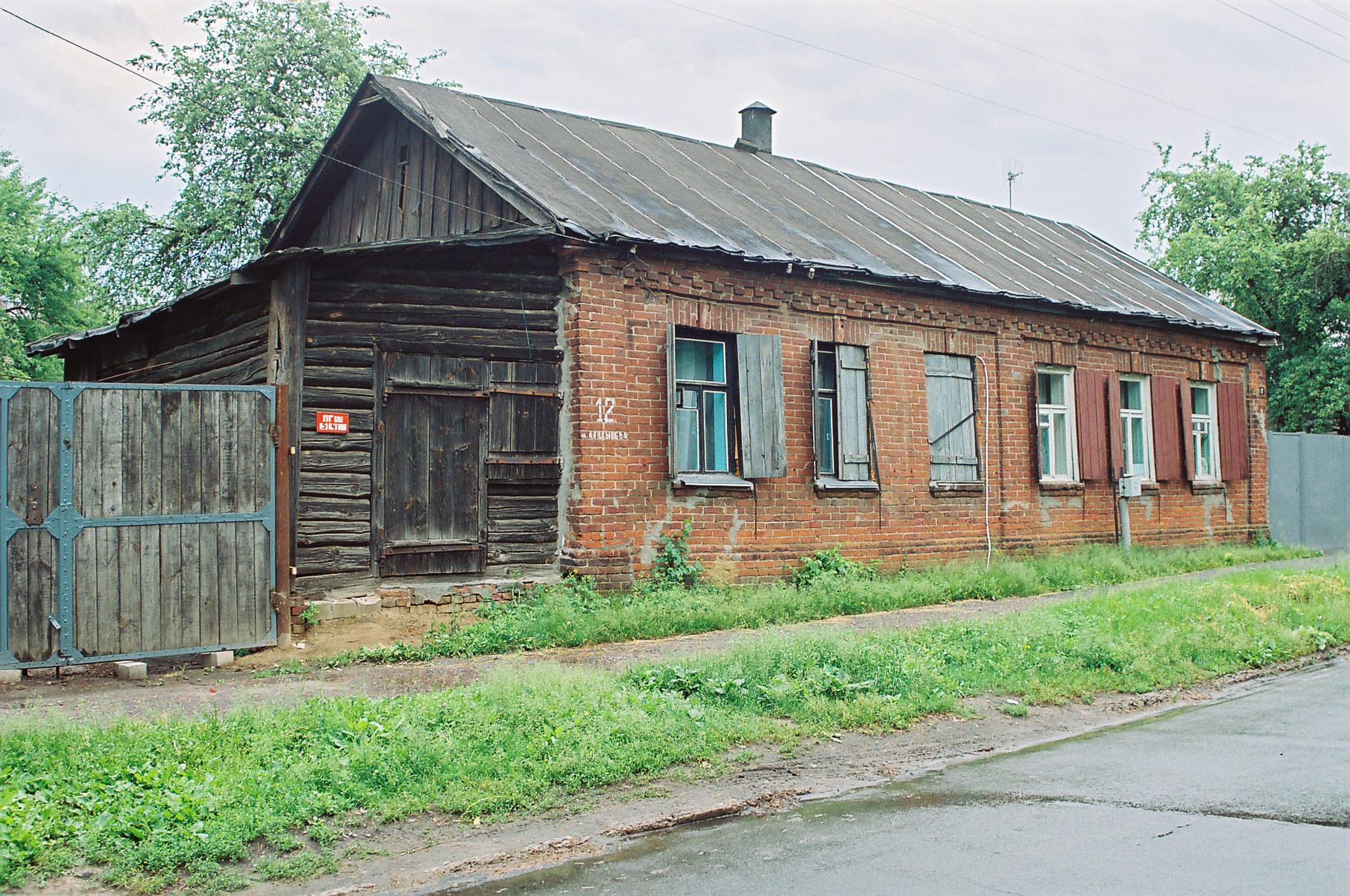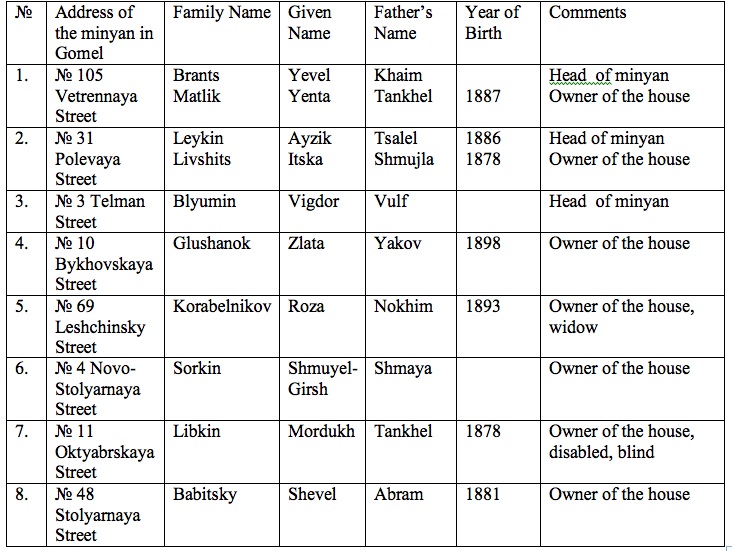In 1917, when the Communists in the former Russian Empire took power, traditional Jewish life was forced to go underground.
The main wave of synagogue closings took place from 1922-23.
By 1926, in Belarus, only 37 synagogues were open. By 1939, there were only 4.
As a result, in almost every town underground cheders were organized. However, during 1937-1938, most of Jewish teachers (melamedim) were arrested and were either sent to Siberia or murdered.
After World War II, the Jews who had survived the Holocaust returned to their hometowns and tried to officially register their Jewish religious communities. From 1948-1953, some 31 towns submitted requests to the Ministry of Religion. These towns included: Minsk, Gomel, Vitebsk, Brest, Pinsk, Mozyr, Rechitsa, Zhlobin, Gluzsk, Parichy, Braslav, Lepel, Polotzk, Drissa, Orsha, Klimovichy, Borisov, Polotzk, Baranovichy, Kalinkovichy, Slutzk , Chechersk, Krichev, Bragin, Osipovichy, Bykhov, Ragachev, Kopyl, Krasnopol’ye, Bobruisk and Khoyniki.
However, only two towns – Minsk and Kalinkovichy – received approval to register their religious communities.
Jews still gathered together quietly to pray – forbidden by law – in private apartments or houses.

One of the houses used for illegal minyan in Gomel
Here is a 1949 list of Gomel residents, heads of minyans or those who provided their homes as a place for the minyans to gather, and who were fined by the government for doing so.

Dr. Salomão Bernstein
December 15, 2014
Thanks for the information. My father (Nevach Bernstein*) seems to have lived in Minsk, before he come to Brasil. He never talk about that time, and I don`t Know nothing about his family, places, brothers sisters….
* his Brother Julio also have lived in Rio de Janeiro Brasil and also his auncle Elias Mazo. One sister in Brooklin NY.
warm regards. good l luke for the remain people who still lives in that region. thanks
Salomão Bernstein (Shloime, Shlomo)
2014-12-13 22:27 GMT-02:00 Jewish Heritage Research Group in Belarus –
jhrgbelarus
December 28, 2014
There are still few Berenshtein families are living in Minsk. If you would like some help with researching your family’s history please email us to jhrg@jhrgbelarus.org
Yuri